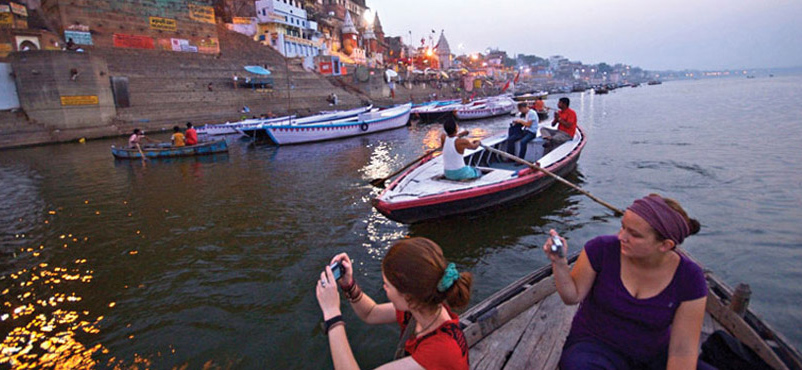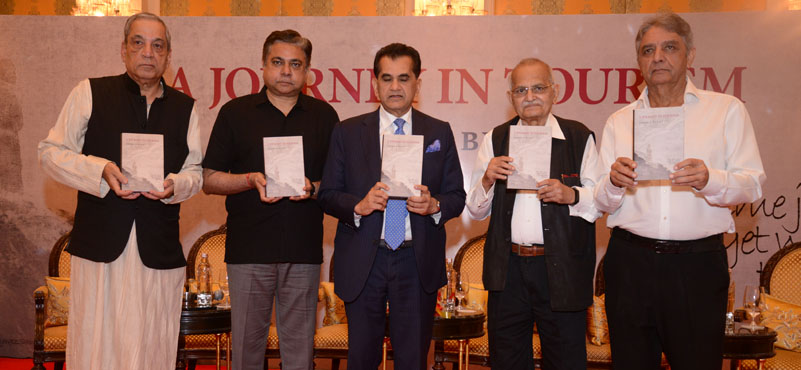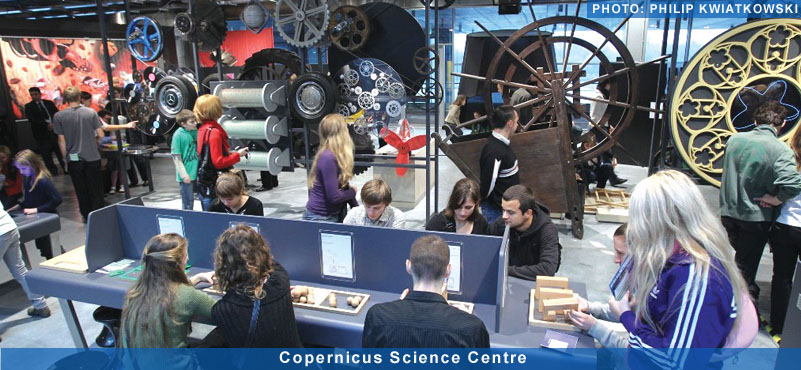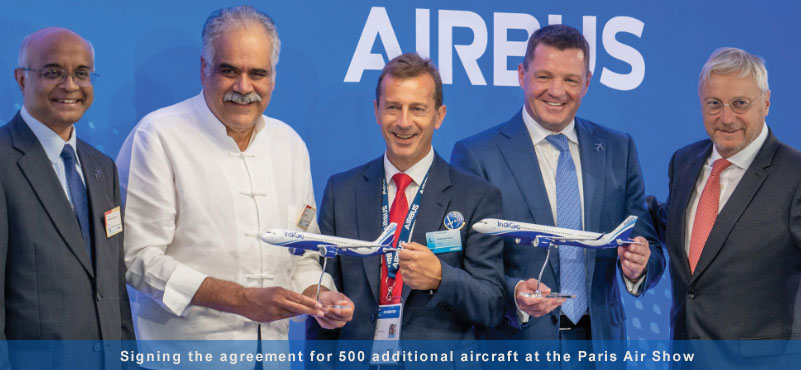The hike in visa fee was a dampener for tourists heading to the Indian shores and GoI needed to resist the temptation until the newly rolled out Incredible India 2.0 campaign stabilised in key source markets, suggested Sunder Advani, Chairman, WTTCII. He also advocated bringing aviation fuel within the ambit of GST, exhorting the government to view tourism as a driver of national growth and employment. Excerpts from the interview:
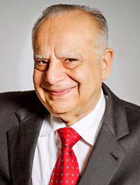
Chairman, WTTCII
Stakeholders have suggested that India’s share of tourists from core source markets –USA, the UK and others – has actually dipped and our numbers are being driven by low-profit generating neighbouring countries. What is your understanding of this? If true, how can this anomaly be addressed?
E-TVOA and Incredible India campaign 2.0 are two magic wands that can open the doors for India’s tourism. The E-TVOA, a much-needed boost to encourage tourist footfalls and as Ministry of Tourism numbers reflect, 16.97 lakh foreign tourists arrived in 2017, registering a growth of 57.2 per cent. However, we feel that the Government needs to incentivize the visa program. Recently, the government implemented a 60 per cent hike in e-tourist visa fees, this we feel is counterproductive. The new Incredible India Campaign 2.0 has just hit the markets and the volumes of tourist footfalls to India are yet to stabilize.
In the short term, the increase in visa fees increases the cost of travel to India and acts as a dampener. WTTCII had requested the Government to reinstate the previous fee slabs for a term of the next 5 years or till such time the new Incredible India Campaign 2.0 stabilizes in key overseas markets. We had also suggested to the government that it must bring in short-term E-TVOA Fees waiver programs for key source markets for India, during key holiday and lean seasons. This program can be undertaken over a period of five years bolstered with specific marketing campaigns. A strong, focused international campaign and incentives like these would definitely address the anomaly.
Sikkim recently found a place on the aviation map. Foreign tourists are no longer required a special permit to visit Nagaland, Manipur and Mizoram. Do you see the Northeast emerging as the next frontier in the country for domestic and international tourists?
Our members like Air India, Jet Airways, SpiceJet and Vistara have pioneered to provide better connectivity to the North East. SpiceJet would be the first ones to fly to Pakyong Airport in Sikkim. North East has immense potential. What we need for the North East is a plan, not a haphazard one, but a structured one, which creates, destinations, products and the necessary infrastructure to hold the plan and tourist in place. As per the 2017 WTTCII Hotelivate State Ranking Survey, among the seven sisters of North East, there are approximately about 647 branded hotel rooms for a landmass of 262,230 sq. km. Out of the seven sisters, only Assam witnessed a 30.3 per cent increase in supply.
Let us take the example of Bhutan, 50 per cent of tourists to Bhutan stay in star hotels with an average length of stay 9.3 days. Around 2014, Bhutan reported 133 branded hotels with about 2805 rooms for a landmass of 38,394 sq km. Quality accommodation is essential to the development of tourism. The northeast is a niche destination which has to take cues from how Bhutan developed as a destination. Branded hotel accommodation is critical to spurring growth in the northeast. State governments of the northeast must come together with private players to create branded rooms across major destinations in states.
A new WTTC ranking has rated India as one of the top three global powerhouses in tourism. While we do not rank in the top ten countries in terms of the highest percentage of growth in numbers, nonetheless this must be sweet music for the industry. Is this development a validation that we have found the right strategies and are implementing them well? Please share your thoughts on the same.
It is heartening to see that India makes it to the top three spots along with China and USA in the new WTTC Travel & Tourism Power and Performance Report 2018, which combines growth over the past seven years in tourism’s contribution to GDP, the international visitor spends, domestic tourism spends and capital investment. On its current growth path, India’s international arrivals are forecast to reach 15.3 million by 2025, according to UNWTO. The average tourist in India spends USD 2,617, one of the highest figures in the world. India, being a longer-leisure destination, the average duration of stay for a foreign tourist in India is one week to a fortnight. This could mean incremental forex earnings of close to USD 32 billion from tourism. It also contributes to almost 43 million jobs to the total Indian economy currently and as WTTC forecasts, the sector could create 10 million new jobs over the next decade by 2028. This underlines the importance of tourism in the Indian context. Right strategies yes, the E-Tourist Visa on Arrival (E-TVOA), the Incredible India 2.0, the UDAN scheme, push for infrastructure and the domestic tourism boom are definite validations.
What is your take on the upswing in the hotel market? Occupancies are doing well now. What is the state of supply and do you see the hike in occupancy rates rubbing off on room rates too? Both haven’t grown in proportion.
Branded rooms in India grew 7.5 per cent over the previous fiscal and stands at 128163 rooms currently. Approximately 65 per cent of this inventory averaged a realized room rate of INR 5000 or more in 2016-17. Hotels have grown and sustained their occupancies even after the last down cycle during 2015/16. Many international hotel chains are entering the tier-II & tier-III cities. Access to these cities has also grown with many airlines connecting these destinations through the UDAN Scheme. For the first time the hotel industry in India, we are seeing reasonable growth and return. Hotels owe the growth in occupancy rates in the last few quarters, along with improving average room rates, to increased domestic travel movement in both segments of business and leisure. Saying that we must also be cautious. The tourism industry performances are easily impacted by various factors like economic growth, political situations, terror attacks or natural calamities. The businesses are intrinsically cyclical. Two most important issues that could make a more conducive environment for growth of tourism in India are the rationalization of GST to 5 per cent accommodation at hotels with tariff of INR 2000-5000 and 12 per cent on tariffs of INR 5001 and above, besides bringing Airline Turbine Fuel (ATF) must be brought under the ambit of GST
The government needs to stop treating tourism as a luxury. It does not augur well with a traveller be it domestic or foreign. The Government needs to view the tourism sector that provides infrastructure, employment and aids the growth of GDP.

